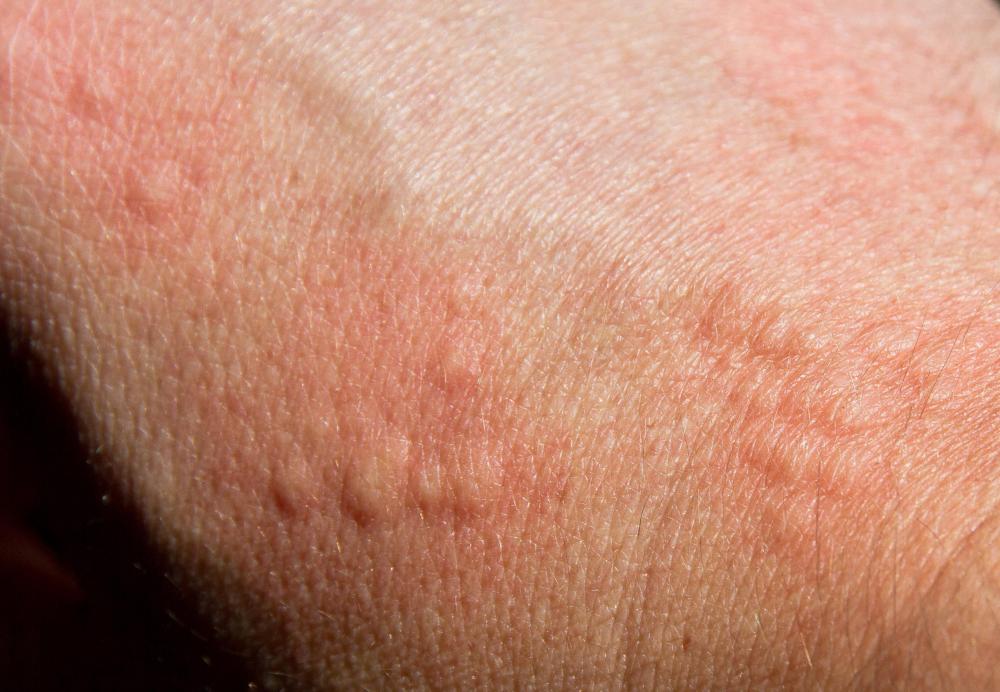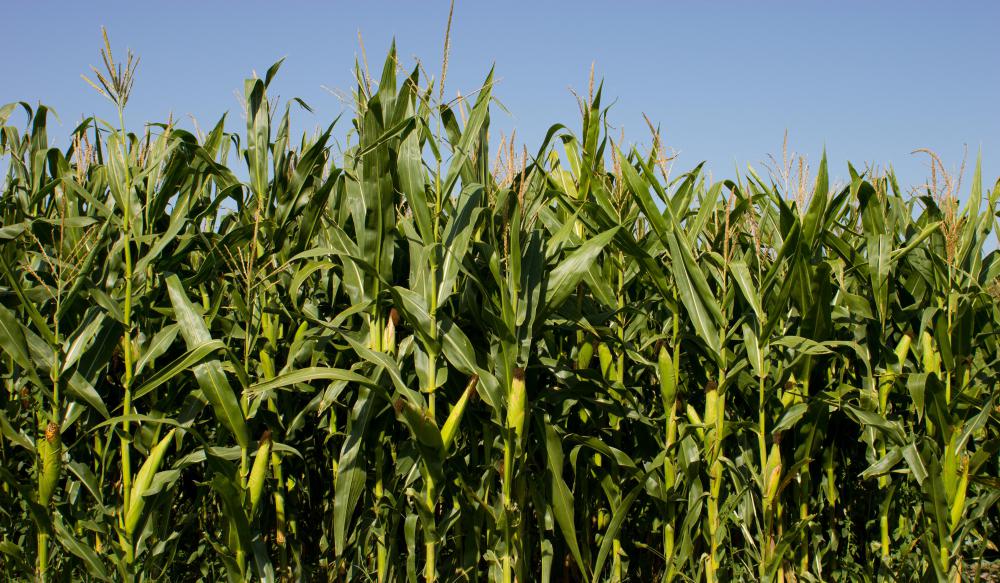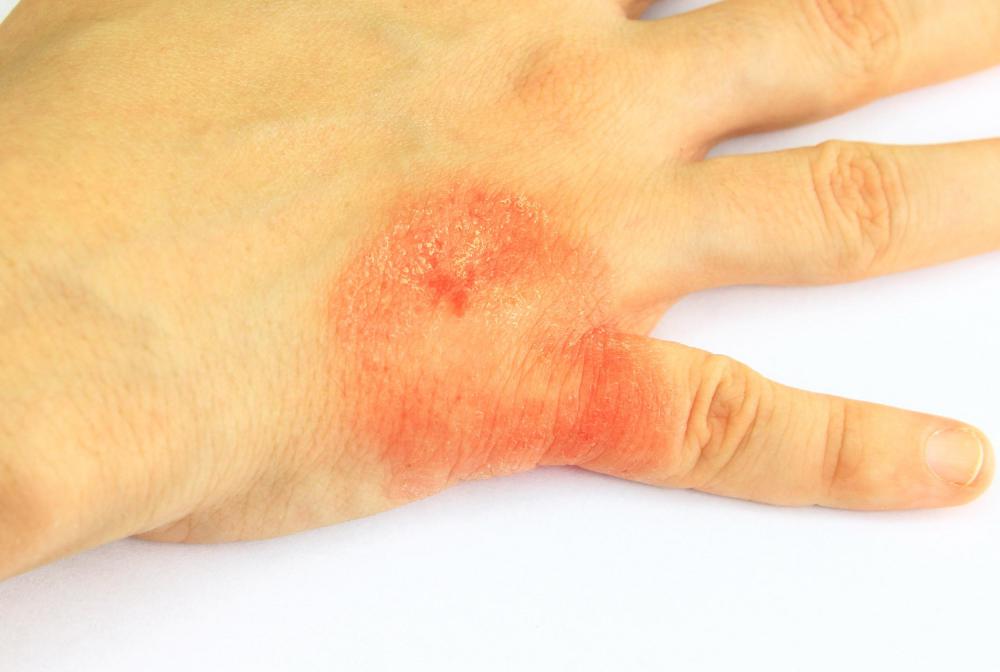At WiseGEEK, we're committed to delivering accurate, trustworthy information. Our expert-authored content is rigorously fact-checked and sourced from credible authorities. Discover how we uphold the highest standards in providing you with reliable knowledge.
Is There Such a Thing As a Corn Allergy?
People can develop allergies to just about anything, and that includes corn. True corn allergies are relatively rare, but they can be extremely debilitating and very problematic, as corn is used in a wide array of products. When someone has a corn allergy, he or she can develop symptoms from ingesting corn, touching products which contain corn, and breathing in corn pollen or particles of corn such as those generated while milling corn flour.
The severity of a corn allergy can vary. Many people experience contact dermatitis and they can develop hives, rashes, and eczema from eating corn. Corn allergies can also cause respiratory symptoms such as a runny nose, coughing, wheezing, and airway obstruction, along with gastrointestinal distress. In some cases, the allergy may cause anaphylaxis, a deadly condition which emerges in some people with allergies.

Testing for a corn allergy can be accomplished with a skin test for allergies, or an elimination diet. Realizing that someone is allergic to corn can require extensive testing, because corn is in so many foods that the allergy may be attributed to eggs, milk, soy, wheat, and other common allergens before corn is revealed as the culprit. Someone with a corn allergy can also experience false positives on allergy tests for other grains such as wheat, which can complicate matters further.

It is also important to differentiate between a corn allergy and corn intolerance. People with a corn allergy experience an immune reaction to corn caused by the body's development of antibodies to the proteins found in corn. Corn intolerance involves an inability to digest corn, which causes gastrointestinal discomfort. Over a prolonged period of time, a person with corn intolerance can develop health problems as a result of constant irritation to the gastrointestinal tract.

People with corn allergies have a formidable list of foods to avoid. In addition to obvious corn products like corn tortillas, grits, hominy, and corn muffins, they also have to watch out for corn syrup, a common food additive, along with cornstarch, which is often used as a thickener. Ingredients with “dex” in their name often contain corn as well. Sometimes, avoiding all processed foods is necessary for people with severe corn allergies, because corn is such a ubiquitous ingredient.

Contact allergies also need to be considered. Plastic wraps, many adhesives, baby powder, and a range of other products contain corn. When these products are handled or used, the proteins can cause contact dermatitis. Even hypoallergenic products may have corn, because corn allergies are rare, and careful reading of ingredient lists is strongly recommended. Medications can also contain corn, which is used to make coatings, propellants for inhaled medications, and other products used in the manufacture of pharmaceuticals.
Several websites contain complete lists of products safe for use by people with corn allergies, and allergy specialists can provide additional information.
AS FEATURED ON:
AS FEATURED ON:



















Discuss this Article
Post your comments